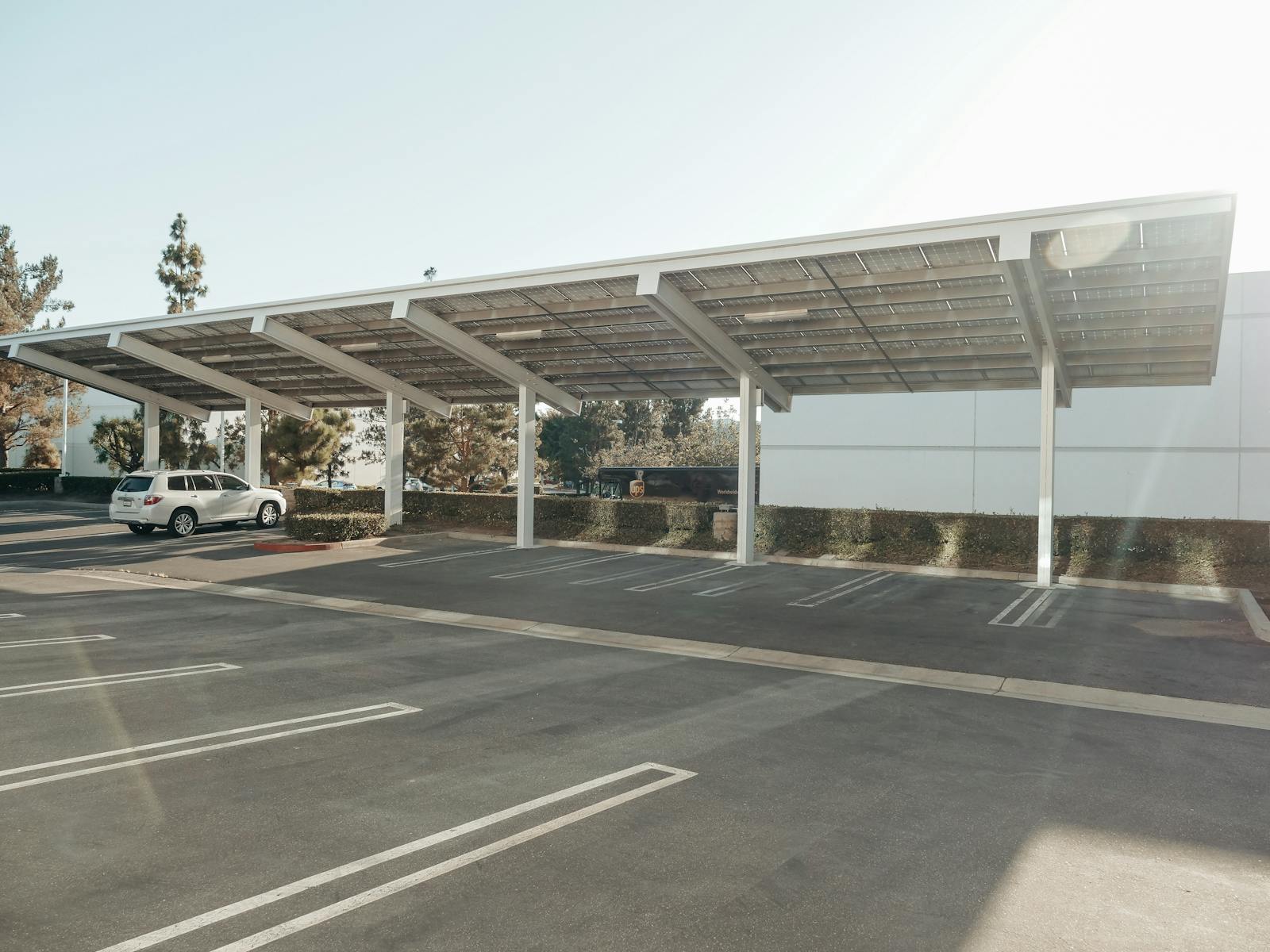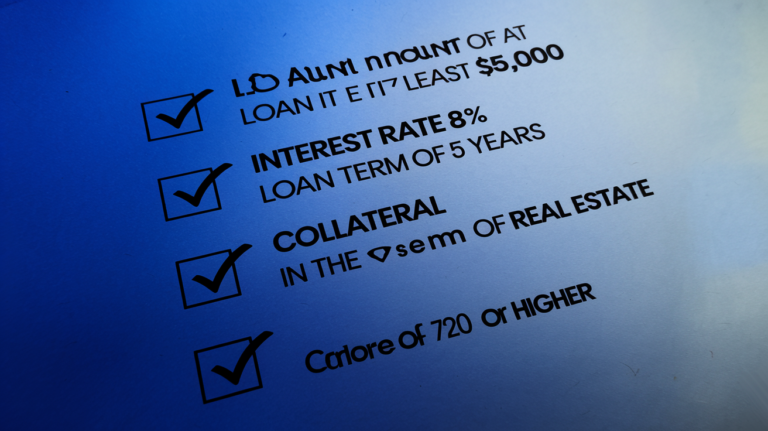Strategies for Combining Solar Loans with Other Tax Benefits
Combining solar loans with other tax benefits can maximize your financial advantages and make your green home improvement projects more affordable. By leveraging various incentives and financing options, you can reduce costs and achieve significant savings. In this article, we will explore effective strategies for integrating loans for solar panels with other tax benefits to optimize your financial outcomes.
Understanding Solar Loans and Their Benefits
What Are Solar Loans?
Solar loans are financial products specifically designed to help homeowners pay for solar panel installations. These loans come in different forms, including secured, unsecured, and solar-specific loans. They often offer favorable terms such as low interest rates and flexible repayment options. By opting for a solar loan, you can spread out the cost of your solar system and potentially lower your upfront expenses.
Benefits of Solar Loans
Solar loans provide several benefits, including:
- Reduced Upfront Costs: Solar loans allow you to finance the installation cost, making it easier to manage your budget.
- Ownership of Solar Panels: Unlike leases or power purchase agreements (PPAs), solar loans typically lead to full ownership of the solar panels, which can increase your home’s value.
- Potential Tax Savings: With full ownership, you can take advantage of various tax credits and incentives available for solar energy systems.
Leveraging Tax Credits and Deductions
Federal Solar Investment Tax Credit (ITC)
The Federal Solar Investment Tax Credit (ITC) is a significant incentive for those investing in solar energy. The ITC allows you to deduct a percentage of your solar system’s cost from your federal taxes. For instance, the ITC is set at 30% for systems installed before 2033. This substantial deduction can significantly reduce your overall project costs.
Learn more about the ITC here.
State and Local Incentives
In addition to federal incentives, many states and local governments offer their own tax benefits and rebates for solar energy installations. These incentives can include:
- State Tax Credits: Some states offer additional tax credits on top of the federal ITC.
- Local Rebates: Municipalities or utility companies might provide rebates or grants for solar installations.
Check out DSIRE to find out about specific incentives available in your area.
Combining Solar Loans with Tax Benefits
Using Solar Loans with ITC
Combining solar loans with the ITC can significantly enhance your financial savings. When you use a solar loan to finance your system, you can apply the ITC to reduce your loan balance. This means that while you’re repaying the loan, the tax credit reduces the overall cost of the solar installation, effectively lowering your monthly payments.
Example:
- Total Solar System Cost: $20,000
- Federal ITC (30%): $6,000
- Amount Financed with Solar Loan: $14,000
By using the ITC, you effectively reduce the amount you need to borrow, which can lead to lower interest payments over time.
State and Local Incentives with Solar Loans
State and local incentives can further enhance the benefits of your solar loans. For instance, if your state offers a 10% tax credit and you secure a solar loan, you can use this credit to pay down the loan balance. Combining these incentives with your solar loan helps maximize savings and reduce the total cost of your solar installation.
Utility Rebates and Grants
Many utilities and local governments provide rebates or grants for solar installations. These can be combined with solar loans to further reduce your out-of-pocket expenses. For example, if you receive a $1,000 rebate from your utility, you can apply this directly to your solar loan, decreasing your loan amount and interest charges.
Maximizing Your Financial Savings
Timing Your Solar Loan Application
Strategic timing can amplify the benefits of combining solar loans with tax credits. To fully capitalize on these incentives, ensure your solar installation is completed within the tax year you plan to claim the ITC. Additionally, apply for state and local incentives as soon as they become available to avoid missing out on potential savings.
Monitoring and Managing Your Tax Benefits
Keep track of your tax benefits and ensure that all applicable incentives are applied correctly. Consult with a tax advisor to confirm that you’re taking full advantage of available credits and deductions. This proactive approach helps maximize your financial benefits and avoids potential issues during tax season.
Case Studies and Real-Life Examples
Example 1: Homeowner Using Federal ITC and Solar Loan
A homeowner finances a $25,000 solar system with a solar loan. By utilizing the 30% ITC, they reduce their tax liability by $7,500. This credit decreases the total loan amount, leading to lower monthly payments and overall savings.
Example 2: Combining State Incentives with Solar Loans
A homeowner in California uses a solar loan to cover a $15,000 installation. They receive a state tax credit of $1,500 and a utility rebate of $500. These incentives reduce their loan balance, resulting in decreased interest payments and enhanced savings.
Conclusion
Combining solar loans with various tax benefits and incentives can significantly improve the financial feasibility of solar panel installations. By leveraging federal, state, and local incentives, and strategically managing your solar loan, you can maximize your savings and make your green home improvement project more affordable.
For more information on maximizing solar loan benefits, visit Energy.gov and NABERS.







